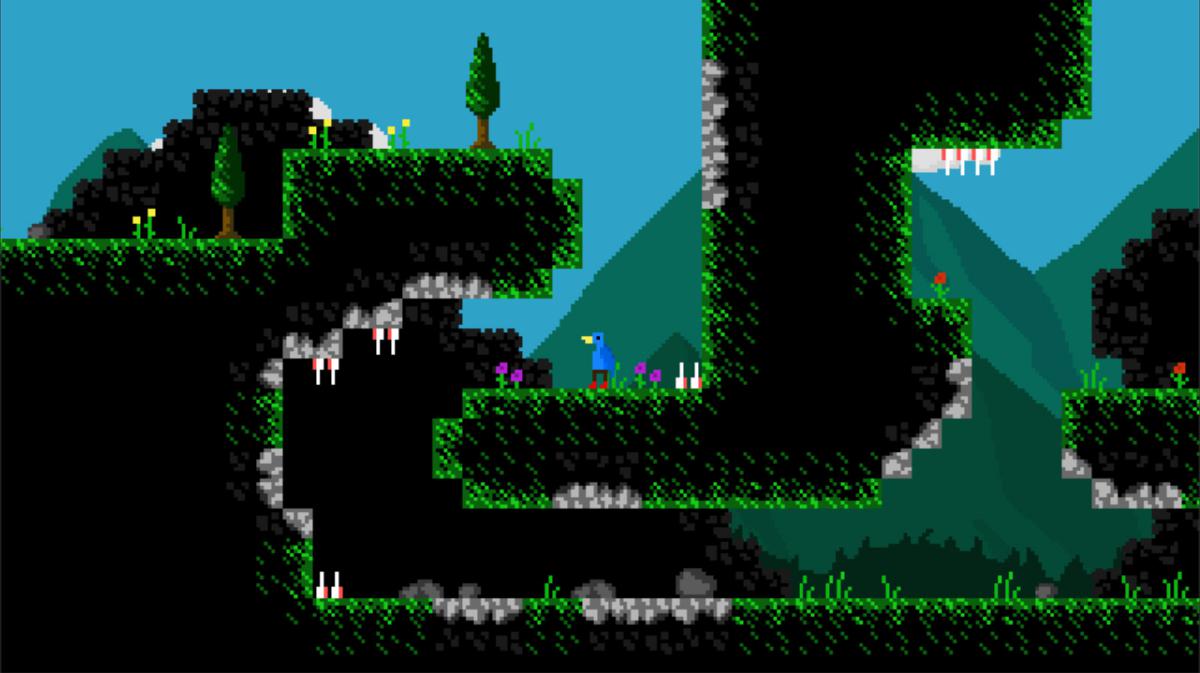ART STYLE AND DESIGN
The palette of Schism was directly inspired by the limits of the visible light spectrum. Infracite and Ultinum were based on the Infrared and Indigo extremes of colour, with Ambichrome serving as a mitigating element in between. The shapes of the Krystels were made to resemble features of Selenite, Bismuth, and Quartz, but were modelled to appear more 'blocky' as if some force was inflating them from within. Future releases covering the lore in the Schism universe will explain more deeply how the Krystels are expressed into the voids from 'somewhere else.'
The Strange Matter barriers were made to look like plasma atop water, projected onto glass, refracted by cells. The initial design was much more opaque but far too close to the colour of Ambichrome, which resulted in the Krystel blending to near invisibility.
Our wide open spaces and skyboxes were based primarily on how cloud-cover looks when photographed from the ISS. We wanted the levels to have a maze-like quality, but maintain the sense of vastness and the freedom of open space. In the interest of evolving the play-value and puzzle aspect, future installments will move on to include more restrictive spaces, but as an exercise in making mazes by using wide open spaces instead of cramped corridors, we think we've touched on something we can refine and build on.
Another guiding style choice was to try and capture the recursive and infinitely complex nature of fractals, the Mandelbrot Set in particular. Entire subcultures of art exist in the pursuit of exposing the orginic beauty of the formula, and the many examples of organic fractal recursion in the natural world. A fractal theme was chosen to loosely govern how we wanted to adapt real-world properties of the Standard Model (of Particle Physics,) and although our playtesters revealed that the translation on screen and representation throughout the playthrough wasn't as strong as we wanted, we have drafted a stroyline for the sequel which makes fractals far more integral to the story and behaviours of Schismic elements.
Our last heavy style influence concerns the HUD design. The final forms of most on-screen elements are decidedly simple, with the intention of making them easy to interpret from the periphery. The transparent white of most icons was chosen to emphasise the importance of the coloured components, and in several cases the sprites were redrawn in a vector based editor (Inkscape) to better achieve a fine point at the ends of the shapes. Plans were scrapped to make the HUD look like it was projected on the helmet visor, because we felt it was becoming too much like existing space-themed shooters.





